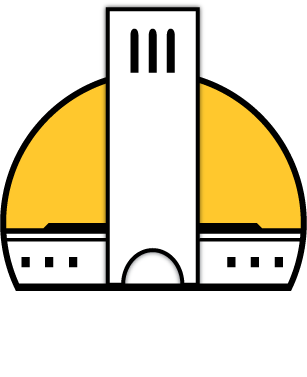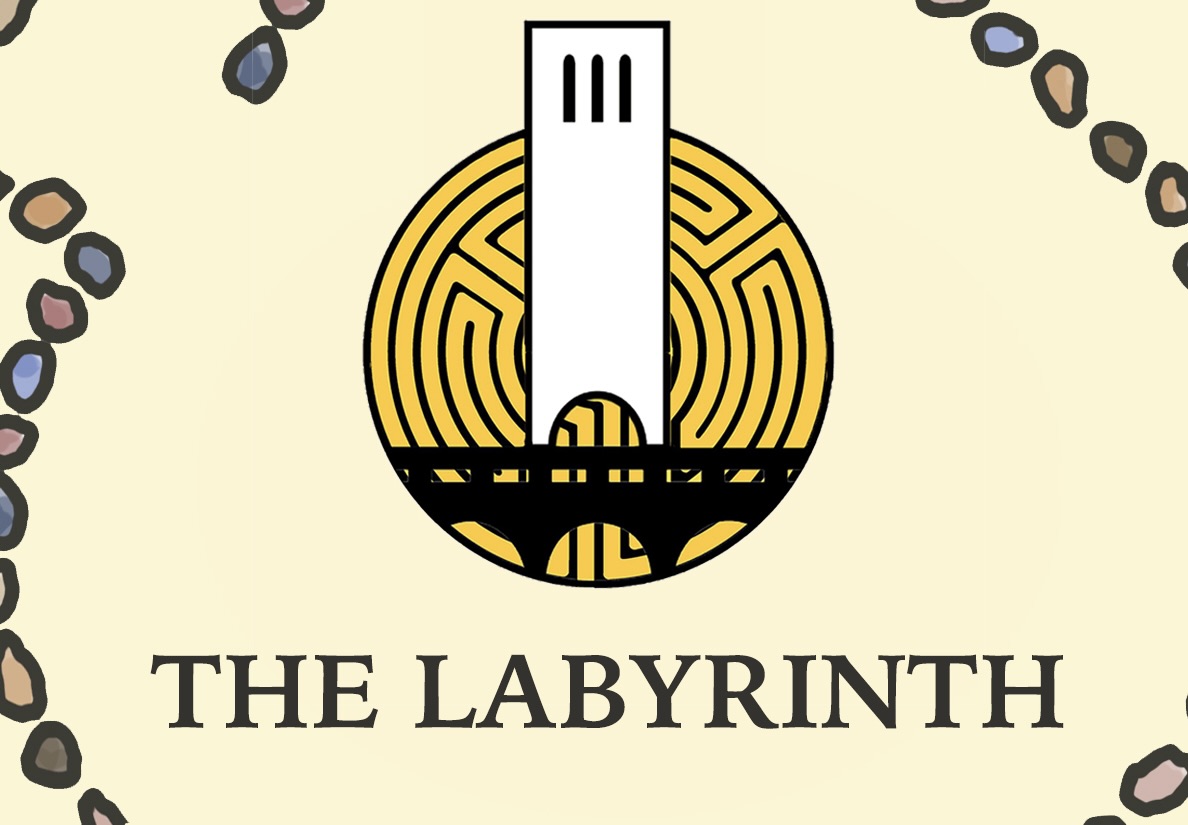Arboretum (noun): a place where trees, shrubs and herbaceous plants are cultivated for scientific and educational purposes.
UC Santa Barbara, despite having one of the oldest environmental studies programs in the world, does not have an arboretum. Even with the school’s second chancellor, Vernon Cheadle, being a botanist and planting many of the trees we currently see on campus with the intent of studying them, there is no designated place where students can go learn about the plethora of diverse plants located around the school. Ironic.
In an effort to bring awareness to UCSB’s lack of an arboretum, the Department of Art’s continuing lecturer and primary drawing instructor Eric Beltz designed ART 117: Drawn to Nature around a final project where students create their own signage for various plants and trees around campus.
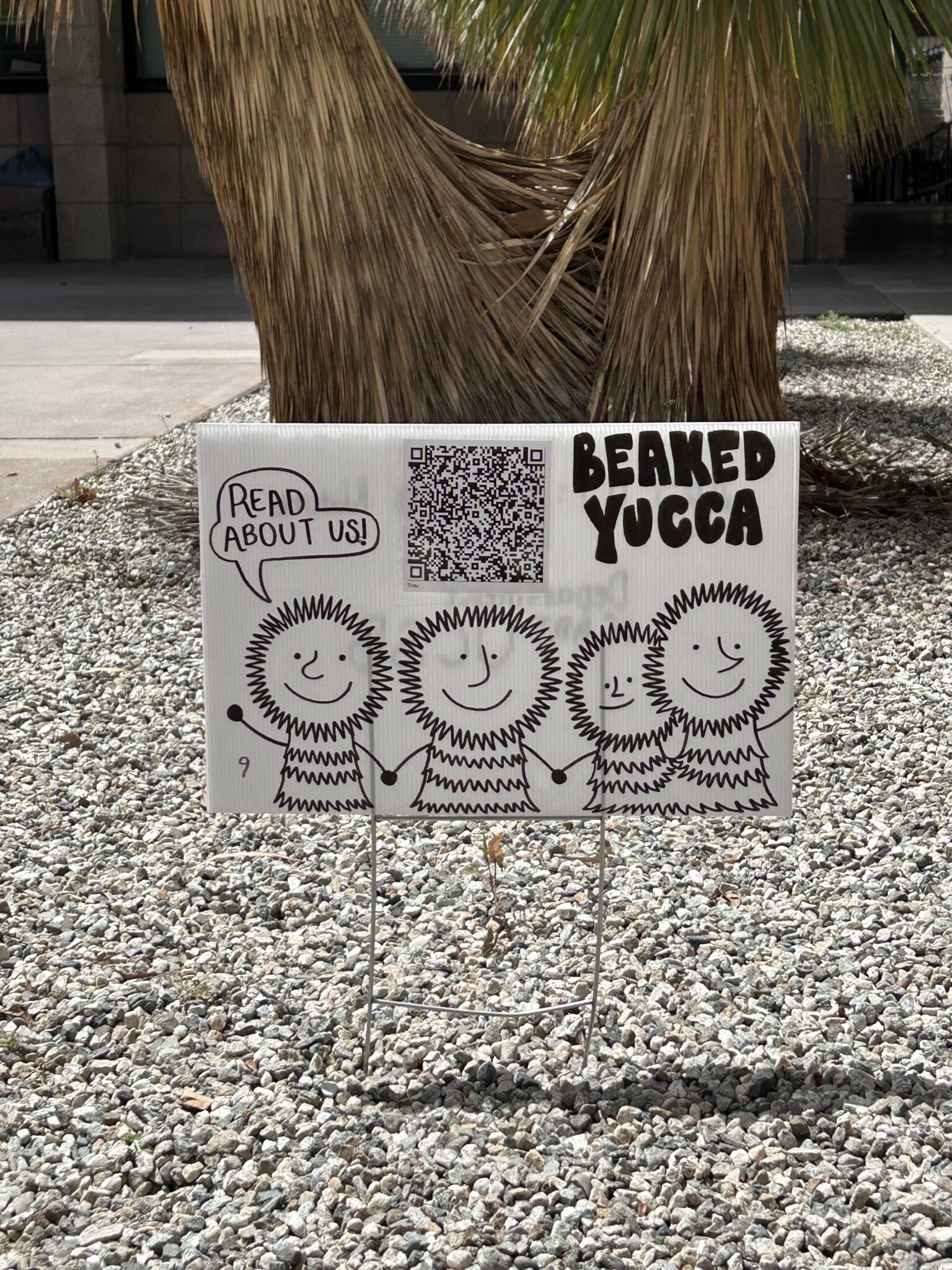
The final posters students made were planted around campus in front of the respective plant in order for people to see them and scan the QR code to learn more about each plant. (Courtesy of Eric Beltz)
After not teaching the course since 2008, Beltz began teaching Drawn to Nature again last summer. With the six-week intermediate drawing course, Beltz aims to not only bring awareness to UCSB’s lack of an arboretum, but also combat potential “plant blindness” experienced among his students and use drawing and art to develop a relationship between students and plants.
Plant blindness: A phenomenon where people don’t see plants, rather they see a “green smudge,” as Beltz puts it. “[The plant] doesn’t have a face.”
Most of the time, even though a person acknowledges that plants are around them, they still don’t think about it with any real importance. Recent UCSB alum Morgan Lindroos, a chemistry and art double major, touched on their experience with the Ginkgo biloba before taking this course.
“I know what a Ginkgo tree is, I’ve seen them. But I genuinely had no idea that there were Ginkgo trees right there until we went and visited them and I did my project on them,” Lindroos said, referring to the triangle of Ginkgos in between the bike path and the Humanities and Social Sciences Building.
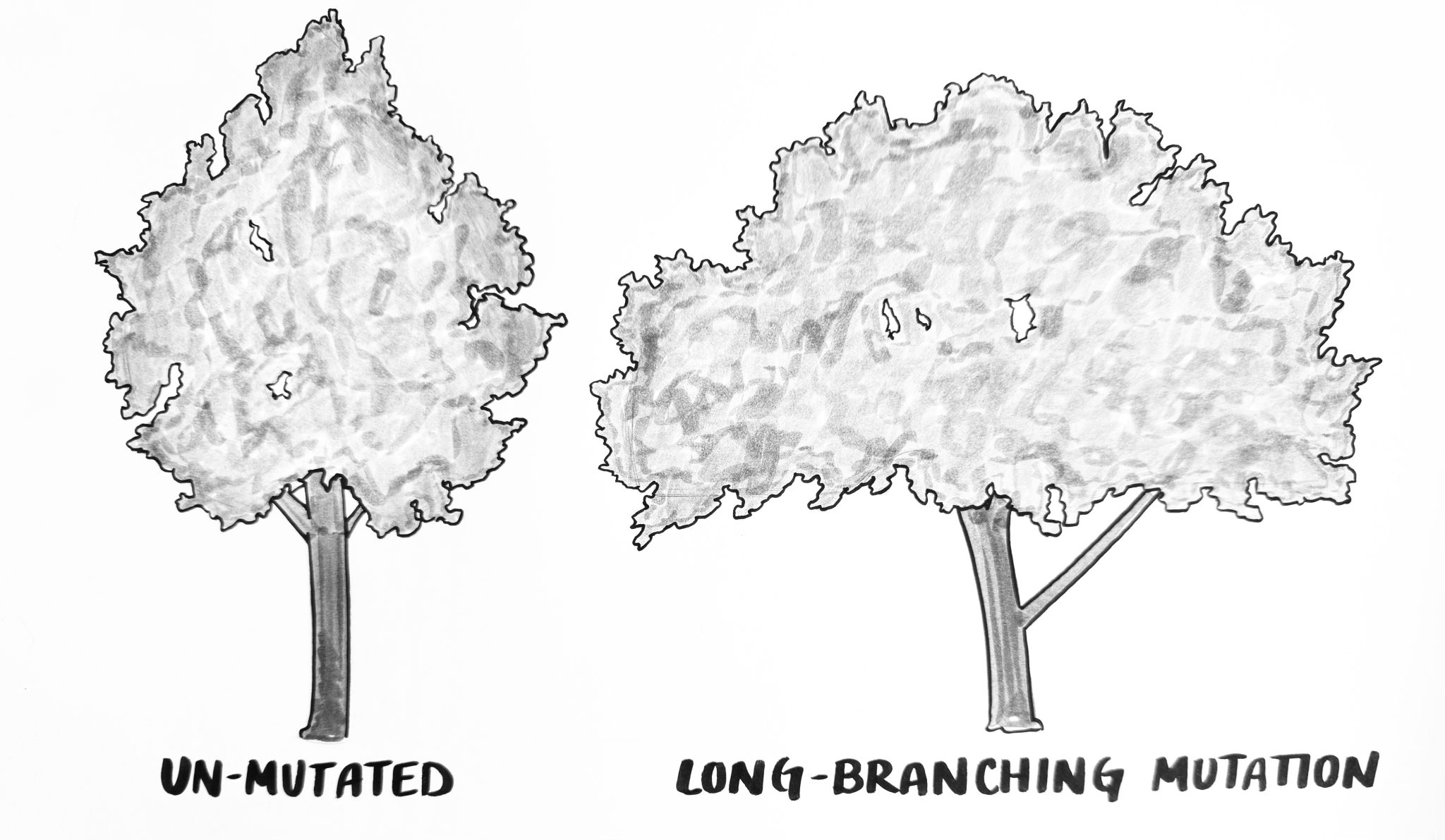
Courtesy of Morgan Lindroos
In order to help his students develop a stronger relationship with plants, Beltz combines science and art to structure his class and give them a deeper understanding of plants.
“Drawing is a way of seeing the world more clearly; we make a lot of casual assumptions about what we are seeing and when we start to draw it, we start to refine our vision. We notice through our drawings the things that we actually can’t see very well,” Beltz said. “The drawing process is about creating a deeper understanding in your mind and your vision, and then that informs how you record the world.”
Fourth-year economics and accounting major Olivia Shu agreed with Beltz’s sentiment after the course was over.
“[Science] helps you understand what you’re drawing. And art vice versa helps you understand what you’re seeing,” she said. “I gained a lot of awareness, knowledge and appreciation, not just here on campus, but around the world in general.”
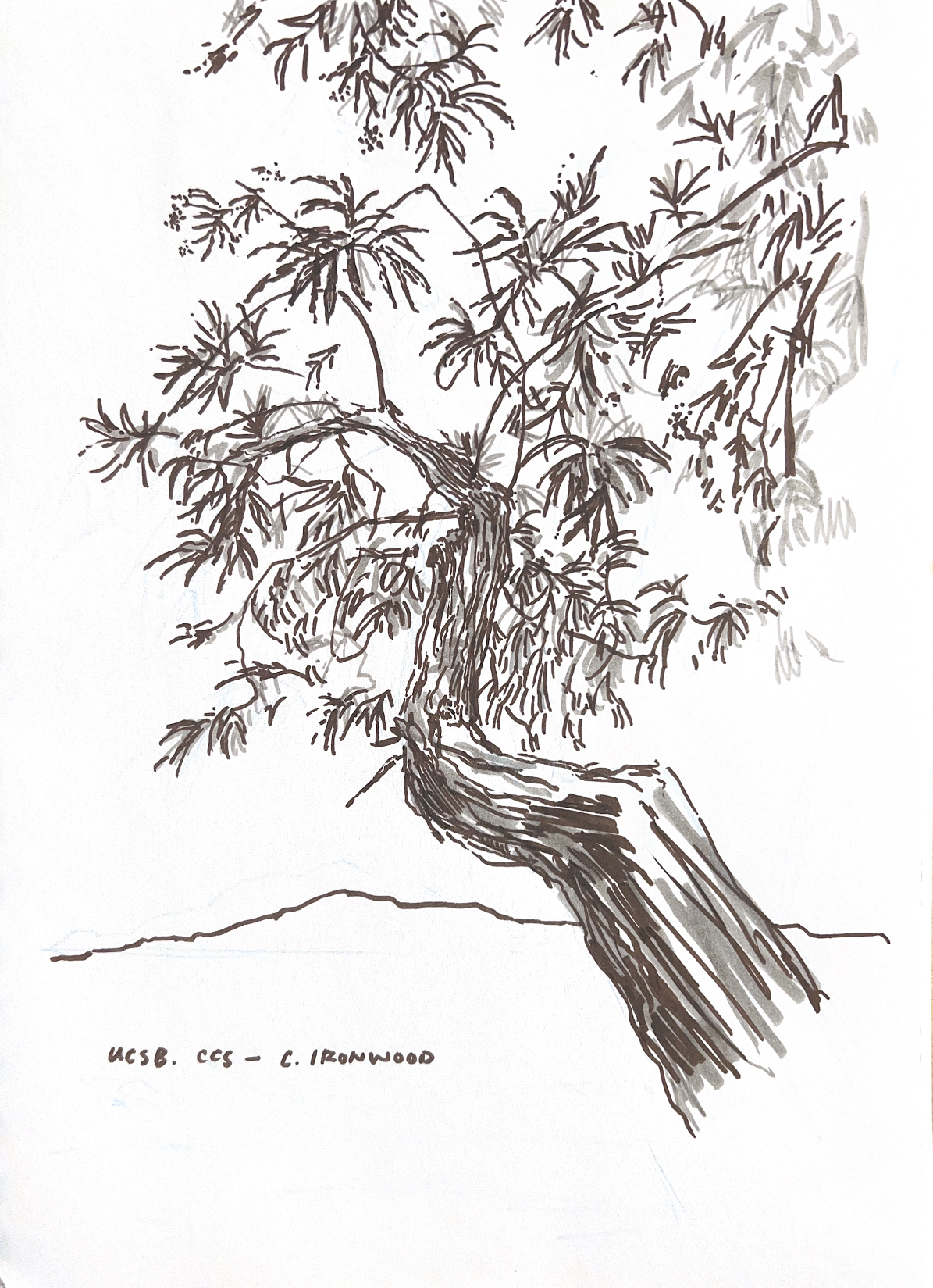
Courtesy of Olivia Shu
Shu focused on learning about and drawing the Lyonothamnus floribundus, commonly known as the Catalina ironwood.
With the help of UCSB’s biology greenhouse manager, Cameron Hannah-Bick, Beltz started off the course by having students learn the basics about plants, including plant morphology and flower anatomy.
“I want them to have a knowledge base that will help them identify plants,” Beltz said. “If they’re walking around and see something that catches their eye, they have a way to break it down. The plants around them are basically an encyclopedia if you know how to read them.”
Beltz and Hannah-Bick strolled around campus, picking plants and trees that had interesting architecture and were within the capabilities of the students’ drawing skills. They also factored in the location of the plants when picking which ones students would draw for their final project, choosing those in areas on campus that are more prone to foot traffic.
One of the conditions of having a designated arboretum is to have informative signage around the relative specimen, which was what the final project of the course was. So, by having students create signs for a plant around campus, Beltz gave them an avenue to share the knowledge they had gained throughout the course while simultaneously combating the issue of no arboretum.
“I wanted there to be visibility around the arboretum, but also these trees have a story and it’s worth getting to know them.” Beltz expressed. “I want people to not just casually walk by plants and see a green smudge, I want them to see all the myriad history and stories that is contained in each of those individual [plants] that are on campus.”
At the end of the course, his students were able to see the importance of that goal and understand why signs are needed to help other people see the value of plants. Fourth-year philosophy major Winter Hierholzer focused on the Thaumatophyllum bipinnatifidum, also known as the tree philodendron, which is near South Hall.
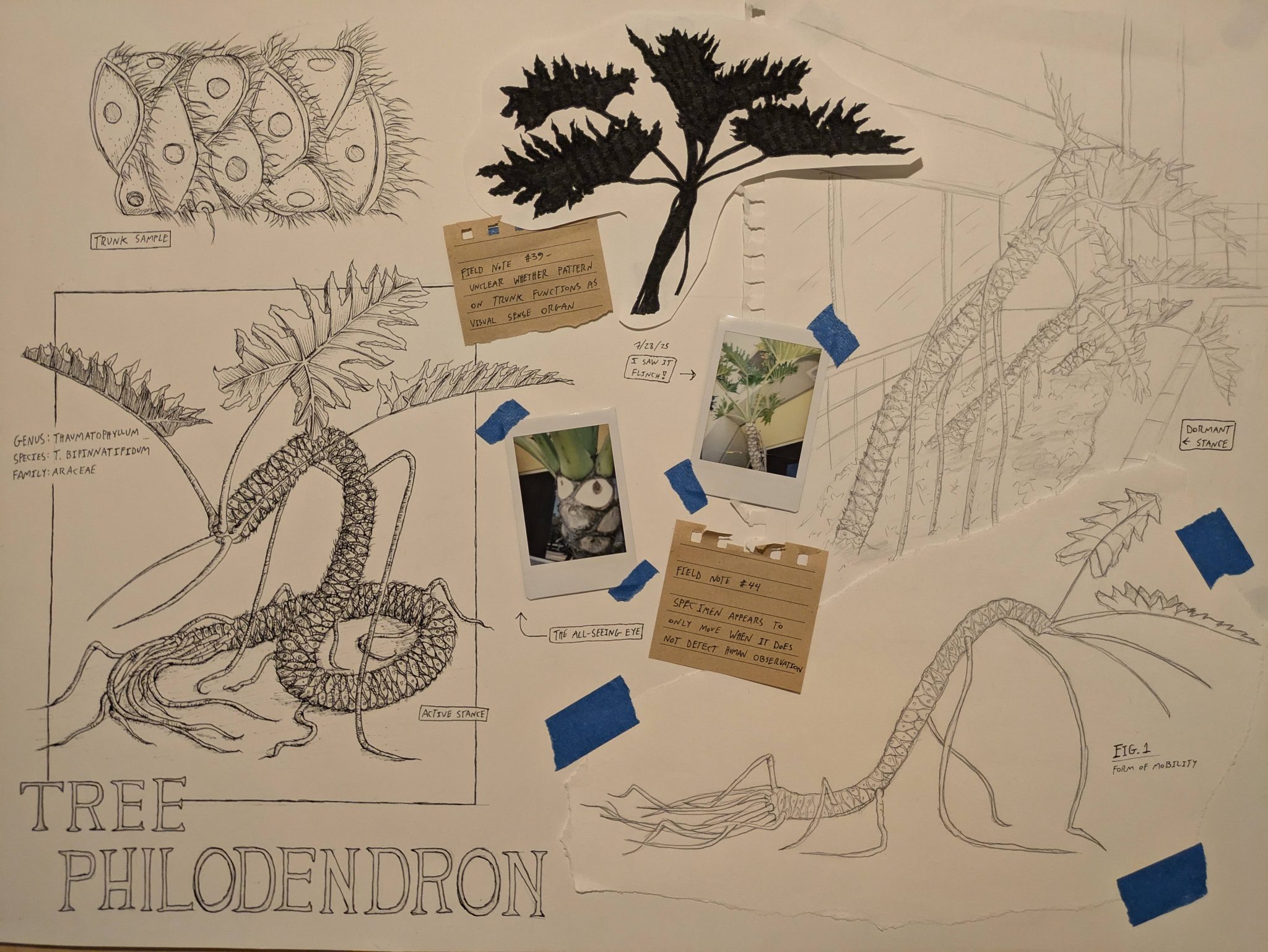
Courtesy of Winter Hierholzer
“I didn’t really care for plants too much at all, I thought they were cool or whatever. Spending a lot of time with them, you really appreciate how beautiful those things are,” Hierholzer said. “And learning about them makes them that more interesting and engaging.”
In fact, it even changed the way Shu walks around campus.
“It’s made me a really slow walker now because I will be walking and stop and be like ‘Wait, that’s a cool looking plant,’ whereas I might have never seen that before and wasn’t aware of or knew how to look at the world like that,” she said. “Being forced to sit down and draw every single vein and every single serrated edge on a leaf has really helped me slow down and notice all of these little wonderful, beautiful things in the plants and world around us.”
The website full of all the drawings and descriptions can be found by traversing through UCSB’s campus and spotting the different trees and plants or via this link.

